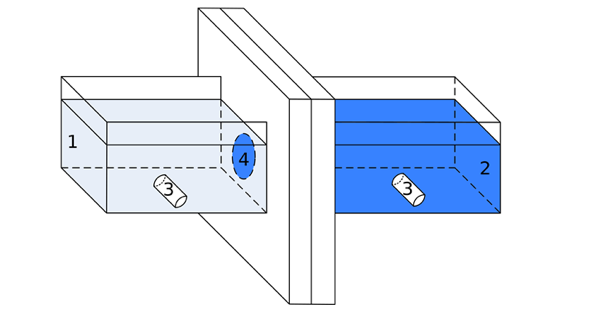 |
|
In this work the preparation of dense composite membranes, from blends of poly(vinylidene fluoride) (PVDF), poly(ether sulfone) (PES) and Nafion® 117, with possible applications in vanadium reduction flow battery is reported. The composite Nafion® 117 membranes where prepared by the phase inversion method in controlled air atmosphere, and were characterized to determine their potential for use in energy conversion devices, as a lower cost alternative to the use of the commercial Nafion® membrane. The effect of the thickness on its morphological and cation exchange properties was evaluated, as well as the effect of the chemical composition of the membranes. The characterization of the membranes was carried out using analytical techniques: water uptake, thermogravimetric analysis (TGA), infrared spectroscopy (FT-IR), scanning electron microscopy (SEM), surface charge density (SCD), proton conductivity, as well as in the permeability of vanadium ions. From the six composite Nafion® 117 membranes prepared, five exhibited higher rejection of vanadium ions than commercial membrane and all prepared membranes showed a lower proton conductivity, ranging from 1 to 3 magnitude order.
Keywords: Polyvinylidene fluoride, polyether sulfone, vanadium redox flow batteries, Nafion® 117 membrane, cation exchange membranes.
|
|
 |

